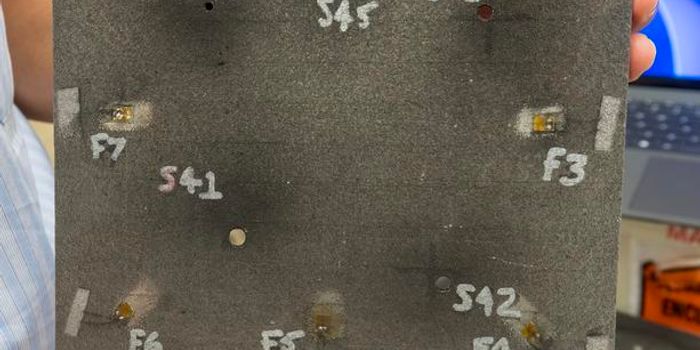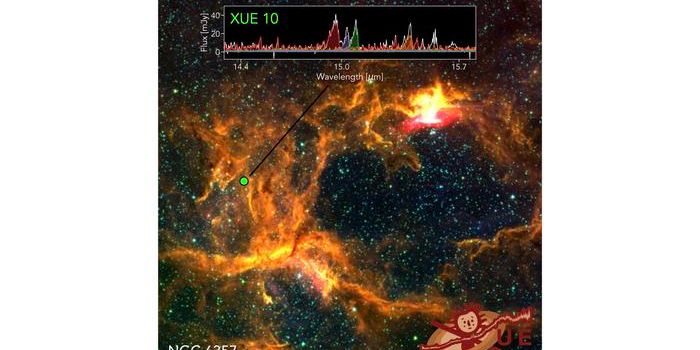Astronomers Say This is the Most Detailed Hydrogen Map of the Milky Way Yet
Astronomers have spent many days and nights mapping out the traces of hydrogen gas in our Milky Way galaxy, and have finally come up with a finished product.
The research, which will be published in the journal Astronomy & Astrophysics, has been made available to the public, and anyone can take a gander at the map that shows all the traces of hydrogen in the Milky Way below:

Image Credit: Benjamin Winkel and the HI4PI collaboration
The different colors represent varying degrees of density of hydrogen throughout our galaxy. One can also make out the Andromeda galaxy in the lower left corner of the image.
If you remember back in chemistry class, there are different forms of hydrogen (H) gas. The simplest is atomic hydrogen, which is the most abundant in the universe. On the other hand, sometimes hydrogen gas can gain an electron, which neutralizes its polarity, changing its structure to be called neutral atomic hydrogen, known as HI.
The observation involved the search for HI specifically, and the project was known as HI4PI, which the team says required more than 1 million individual observations from two of the world’s largest radio telescopes, including the 100-m dish at Effelsberg in Bonn, Germany and the 64-m dish at Parkes in Sydney, Australia.
Both of these radio telescopes were instrumental in allowing the astronomers to gather the information they did, as radio telescope technology has reportedly evolved a great deal over the last decade. Faster digital processors and more powerful spectrometers have given astronomers the tools they needed to pull this off.
Astronomers also had to battle with the reality of radio interference from the many different kinds of RFI devices that are used by mankind all around the world. As these radio telescopes are hypersensitive and use radio signals to detect hydrogen in our galaxy, it was important to filter out all man-made clutter that would otherwise lead to inaccurate mapping results.
“HI4PI sets a benchmark for the decades to come”, said Jürgen Kerp, project coordinator and principal investigator of the Effelsberg survey. “Although upcoming new instruments such as the Square Kilometer Array (SKA) will push sensitivity and angular resolution to new realms, being radio interferometers they are by design insensitive to diffusely distributed HI gas. The HI4PI will be the prime resource to add this missing information to the SKA data.”
Source: Max Planck Institute for Radio Astronomy via Gizmodo








